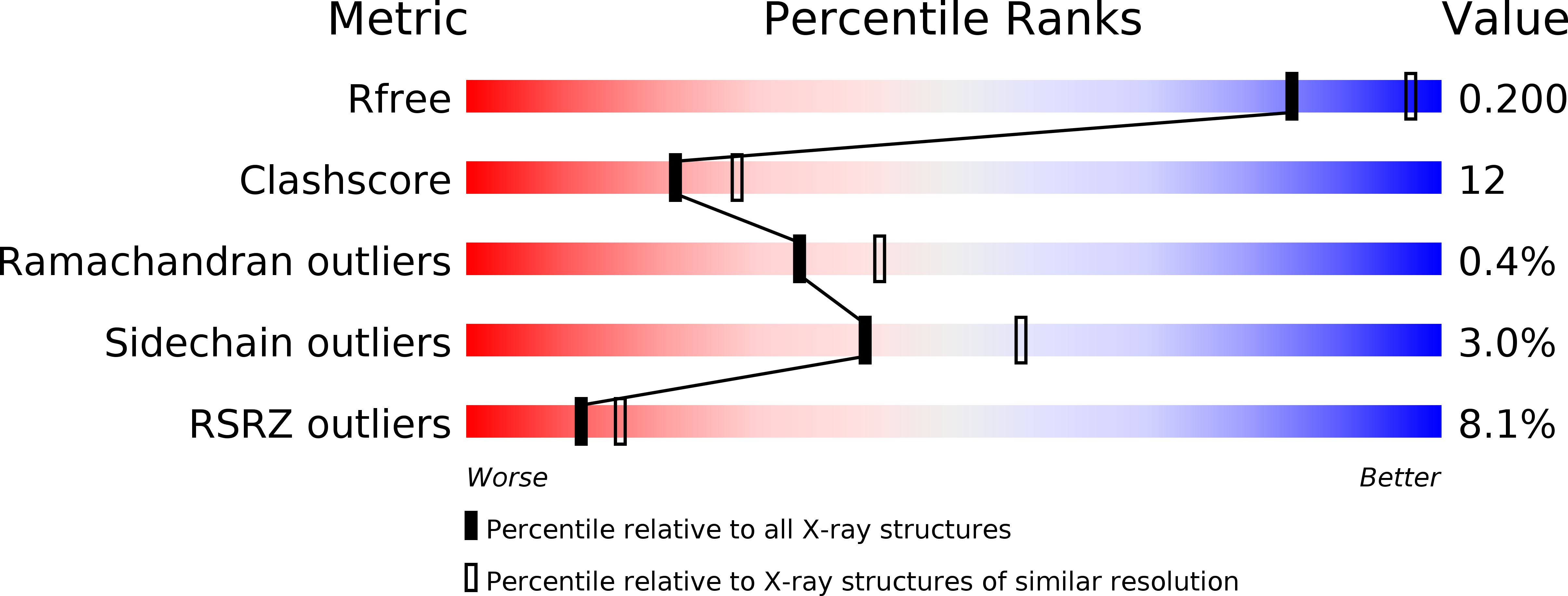
Deposition Date
2016-04-14
Release Date
2017-09-27
Last Version Date
2025-09-17
Entry Detail
PDB ID:
5JCB
Keywords:
Title:
Microtubule depolymerizing agent podophyllotoxin derivative YJTSF1
Biological Source:
Source Organism:
Gallus gallus (Taxon ID: 9031)
Sus scrofa (Taxon ID: 9823)
Sus scrofa (Taxon ID: 9823)
Host Organism:
Method Details:
Experimental Method:
Resolution:
2.30 Å
R-Value Free:
0.19
R-Value Work:
0.18
R-Value Observed:
0.18
Space Group:
P 21 21 21


